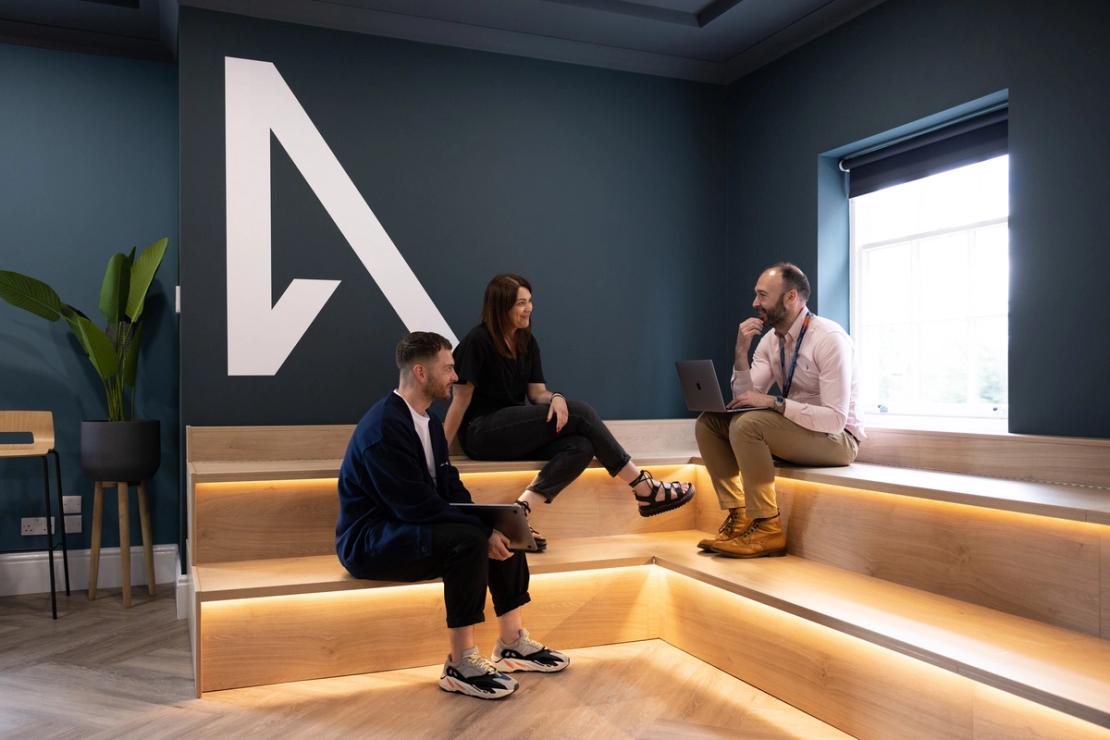
A recent conversation in the Axiologik office took place around the similarities and differences between Service Designers and Business Analysts and where the roles may step on each other's toes, which is obviously something we want to avoid.
It was a conversation that caught me by surprise. I usually explain what Service Design is rather than the crossovers of other roles, so I wondered how many others may feel the roles are the same or that they need to learn the differences.
I have articulated that conversation below in three areas: similarities, differences, and collaboration and complementary.
The Similarities between a Business Analyst (BA) and Service Design (SD) role:
Here is where the conversation began, dividing tasks and planning a Discovery into an existing service. You can imagine the scene where individuals are placing their functions onto a planner, and others are asking to be kept informed, be involved, or be accountable/responsible for the delivery of the task(s). Many of the functions that the Service Designer wanted accountability or involvement in were the same as what the BA also wanted either accountability or participation in.
Here are some of those tasks;
- Focus on improving business processes and enhancing customer experiences.
- Gather and analyse stakeholder requirements to understand needs and objectives.
- Aim to optimize existing processes and systems for better efficiency and effectiveness.
- Employ problem-solving and critical thinking skills to address challenges.
- Collaborate with cross-functional teams to achieve project goals.
- Work towards delivering value and achieving business objectives.
- Use research and data analysis to drive decision-making.
You can see a clear theme of understanding people's needs, focusing on process, cross-functional problem solving, and evidence-based decisions. Does that make total sense? You are planning for a discovery; these are attributes you want of all your team members.
So let's contrast this...
The Differences between a Business Analyst (BA) and a Service Design (SD) role:
Here is where things get more interesting; below are the differences between the focus of a Business Analyst and a Service Designer.
Business Analyst:
- Strong analytical skills, focusing on data analysis and process mapping
- Technical expertise in areas like software applications and project management
- Emphasize financial analysis, risk assessment, and business systems understanding
- Bridging the gap between business and IT teams for effective implementation
- Detail-oriented documentation of requirements and specifications
- Utilize structured methodologies such as Six Sigma or Agile.
Service Design:
- Human-centered approach, employing design thinking methodologies
- Creativity and empathy-driven insights into user behaviors and needs
- Visual communication through journey maps, personas, and service blueprints
- Focus on designing seamless and delightful customer experiences.
- Prototyping and iteration to refine and enhance solutions
- Collaboration with stakeholders to align on customer-centric objectives
Some points to pull out here; A Business Analyst becomes very detailed in the as-is state of a service even touching into the financial and risk understandings as well as systems too (Insert Architects as a role too).
Whereas the Service Designer is focused more on the visual communication in the form of blueprints, journey maps etc., of the data that has been discovered using design thinking methodologies, as well as producing prototypes and iterating and refining solutions.
Both roles operate in areas that come together to create a bigger picture. (Other parts are also involved in making this bigger picture, too).
So, how do these contrasting and complementary skill sets and working methods come together to create and improve digital (and non-digital) Services...?
Collaboration and Complementarity:
While Business Analysts and Service Designers bring distinct skills and perspectives to their roles, their collaboration can bridge the gap between data-driven analysis and user-centric design thinking, resulting in impactful solutions and improved customer experiences.
Here are the skills that we discussed internally that started our conversation around the similarity of the people and roles that combine to create great products and Services;
- Collaboration between BAs and SDs enhances understanding project objectives and stakeholder needs.
- Combining data-driven analysis with user-centered insights leads to more holistic solutions.
- Iterative design and continuous improvement align well with agile methodologies.
- BAs ensure the feasibility and successful implementation of SD concepts.
- Joint efforts lead to delivering measurable value and adapting to changing business needs.
The above is a couple of people's opinions, which were formed from past job roles and companies. As we know, every company is different, and our experiences shape our views and feelings. So, what other parts do you believe to be important in creating sustainable and relevant Products and Services? Do the above points resonate with your thinking?
 Leadership of Critical Change
Leadership of Critical Change Designing Exceptional Services
Designing Exceptional Services Digital Organisation Optimisation
Digital Organisation Optimisation Driving Engineering Excellence
Driving Engineering Excellence Service Ops Modernisation
Service Ops Modernisation Unlocking the Cloud
Unlocking the Cloud

